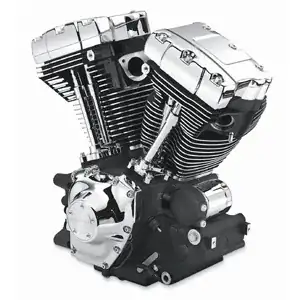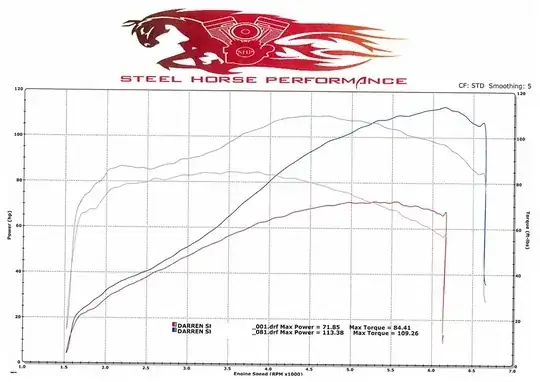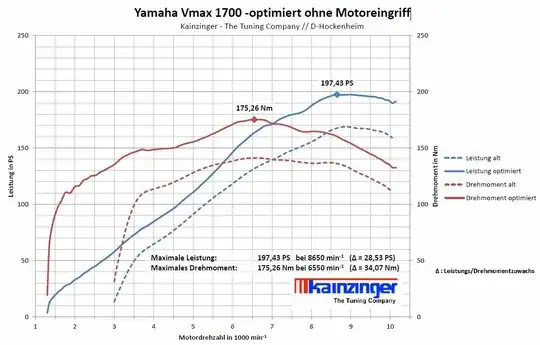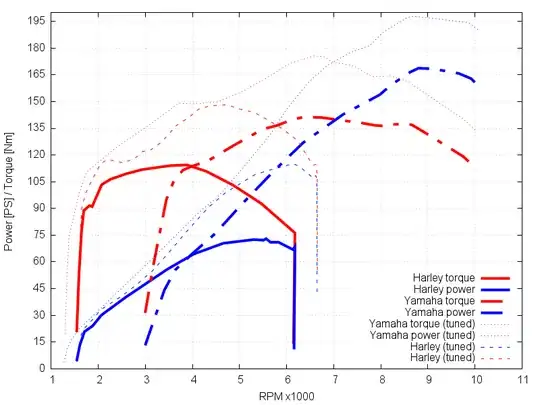The modern Harley Davidson engine has very poor power output. Even when highly modified a 130HP engine can cost tens of thousands of US Dollars.
Here are specs on one of the modern engines.
Harley-Davidson Twin Cam (1800cc / 110” 45 degree single plug v-twin with F.I. and 9.0:1 CR) – 95hp & 110 ft lbs of torque
This 1.8 Liters and it produces 95HP?
This has always been the trend with Harley. I've heard all manner of reasoning. It's a cruiser, it's not trying to do that. On and on. Well, guess what. Every single Harley rider I know dumps tons of money into their machines to get an extra 10 or 25 HP. So that's hard to buy. The community of Harley riders globally spends hundreds of millions of dollars on aftermarket parts.
What am I looking for?
A little bit of honesty. I figure this is the place where I can get that.
My Question Is
Why are Harley Davidson engines such poor performers on their horsepower ratings?
They consistently lose to the Big 4 Japanese V-Twin cruisers in terms of performance as well almost everything else but the Royal Enfield.
What is it about the design of Harley Davidson engines that limits their performance?
Thank you for letting me bring my motorcycle vitriol here. You all are champs!



